Best Places in the US for Fly Fishing
Fly fishing in the United States offers some of the most diverse and pristine angling experiences in the world. From crystal-clear mountain streams to vast coastal flats, America’s waterways present endless opportunities for fly anglers of all skill levels. The combination of stunning natural landscapes, abundant fish populations, and varying seasonal conditions creates a fly fishing paradise that draws enthusiasts from around the globe. Whether you’re pursuing wild trout in Montana, steelhead in the Pacific Northwest, or bonefish in the Florida Keys, the US offers unparalleled fly fishing adventures that connect anglers with nature in profound ways.
The Madison River, Montana
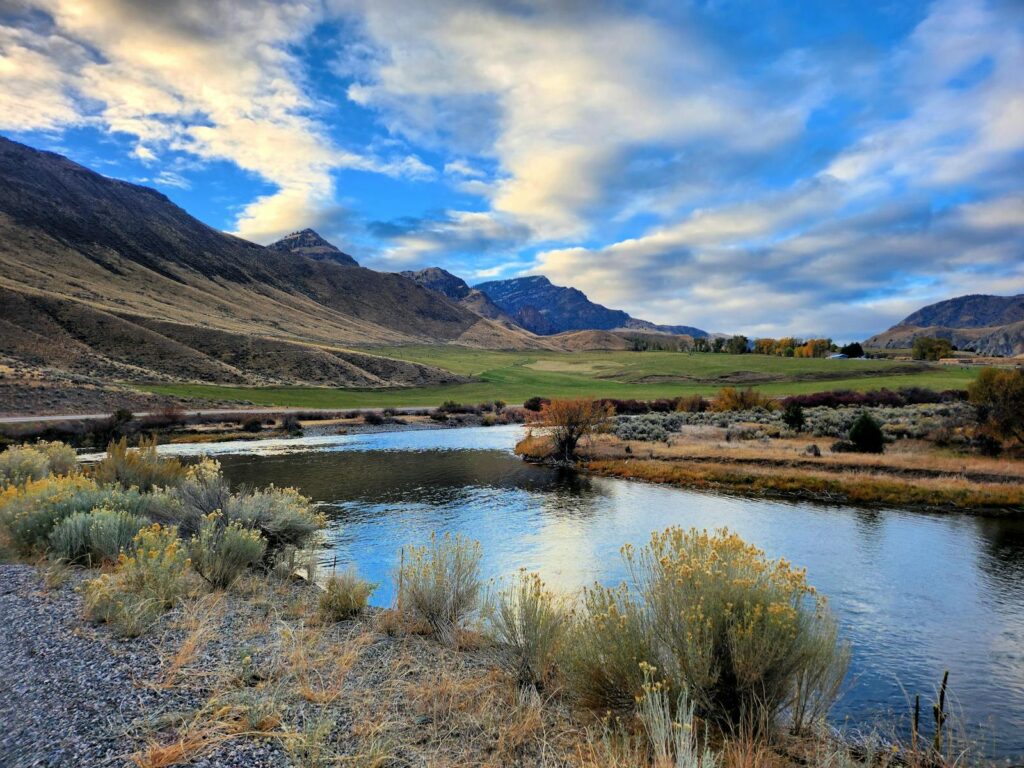
The Madison River in Montana stands as perhaps the most iconic trout stream in America, flowing for nearly 140 miles through some of the most breathtaking scenery in the West. Beginning in Yellowstone National Park at the confluence of the Firehole and Gibbon Rivers, the Madison offers diverse fishing opportunities from its headwaters to its merger with the Missouri. Anglers flock to its banks for prolific hatches and healthy populations of rainbow, brown, and cutthroat trout, with fish averaging 14-16 inches but frequently reaching over 20 inches. The upper section near West Yellowstone provides technical dry fly fishing, while the lower sections offer bigger water with streamer opportunities.
Year-round fishing possibilities and excellent access via the Madison River Road make this destination a must-visit for any serious fly angler.
Henry’s Fork, Idaho
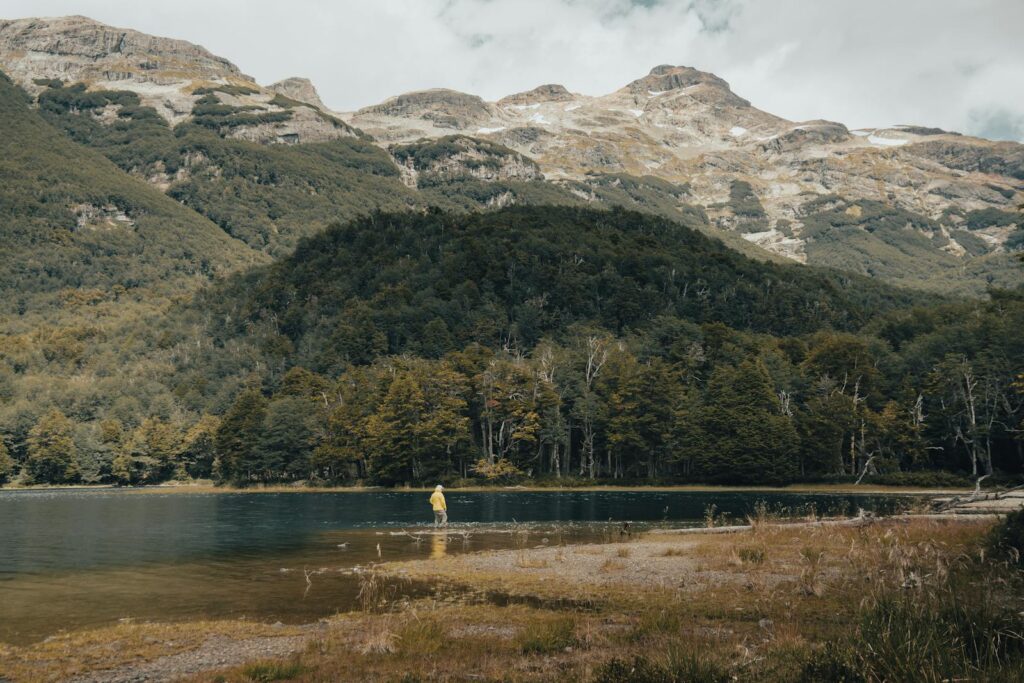
Henry’s Fork of the Snake River in eastern Idaho represents the pinnacle of technical dry fly fishing, challenging even the most skilled anglers with its selective trout and complex currents. The renowned Railroad Ranch section flows through Harriman State Park, offering meadow fishing for trophy rainbow trout that can scrutinize a fly pattern for what seems like an eternity before deciding to take or refuse. These educated fish demand perfect presentations, precise fly selection, and ultra-fine tippets, making success here a true badge of honor in the fly fishing world. Beyond the Ranch section, the river offers diverse fishing opportunities from the headwaters at Henry’s Lake through the Box Canyon’s fast pocket water and down through the lower river’s more accessible sections.
Spring creek conditions, consistent hatches, and the breathtaking Teton Mountain backdrop create an unforgettable fishing experience.
The Deschutes River, Oregon
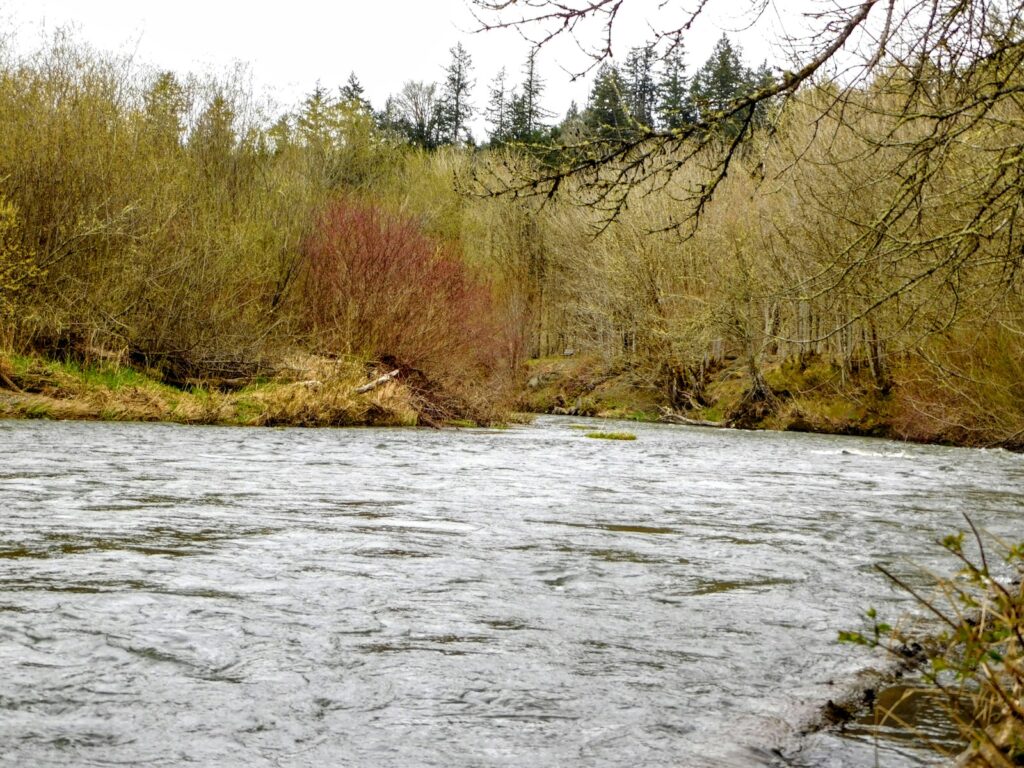
Oregon’s Deschutes River flows north through the high desert landscape, offering world-class fishing for native redside rainbow trout and steelhead in a dramatically beautiful canyon setting. The lower 100 miles of this river are designated as a National Wild and Scenic River, with limited access points creating a wilderness experience despite being just a few hours from Portland. The redsides here are known for their aggressive takes and acrobatic fights, with fish averaging 12-16 inches but frequently reaching 20+ inches. Summer brings exceptional stonefly hatches, including the famous salmonfly emergence that creates some of the most exciting dry fly fishing anywhere.
Fall transforms the river into steelhead territory, with dedicated anglers swinging flies on two-handed rods for these elusive sea-run rainbows. Camping along the river’s edge while experiencing the Deschutes’ remarkable insect hatches and starry desert nights makes for a quintessential western fly fishing adventure.
The South Platte River, Colorado
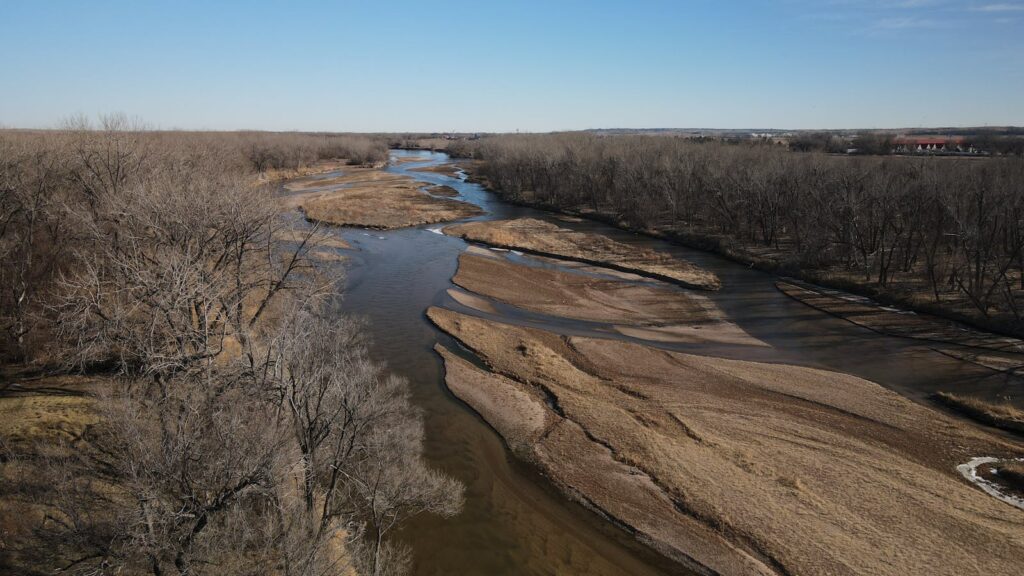
Colorado’s South Platte River system provides incredible trout fishing opportunities within easy reach of Denver, making it both a destination fishery and a beloved home water for Front Range anglers. The river’s most famous section, Cheesman Canyon, offers technical fishing for selective trout in a spectacular granite canyon setting, where sight-fishing to visible trout demands precision and stealth. Downstream, the Charlie Meyers State Wildlife Area (Dream Stream) connects Spinney and Eleven Mile reservoirs, hosting seasonal runs of trophy brown and rainbow trout that migrate from the reservoirs.
The tailwater sections below Cheesman and Eleven Mile dams maintain consistent flows and temperatures, creating year-round fishing opportunities even when other Colorado rivers are affected by runoff or winter conditions. With multiple access points, diverse sections ranging from intimate pocket water to broad meadow stretches, and healthy populations of wild and stocked trout, the South Platte exemplifies Colorado’s gold-medal waters.
The Delaware River System, New York/Pennsylvania
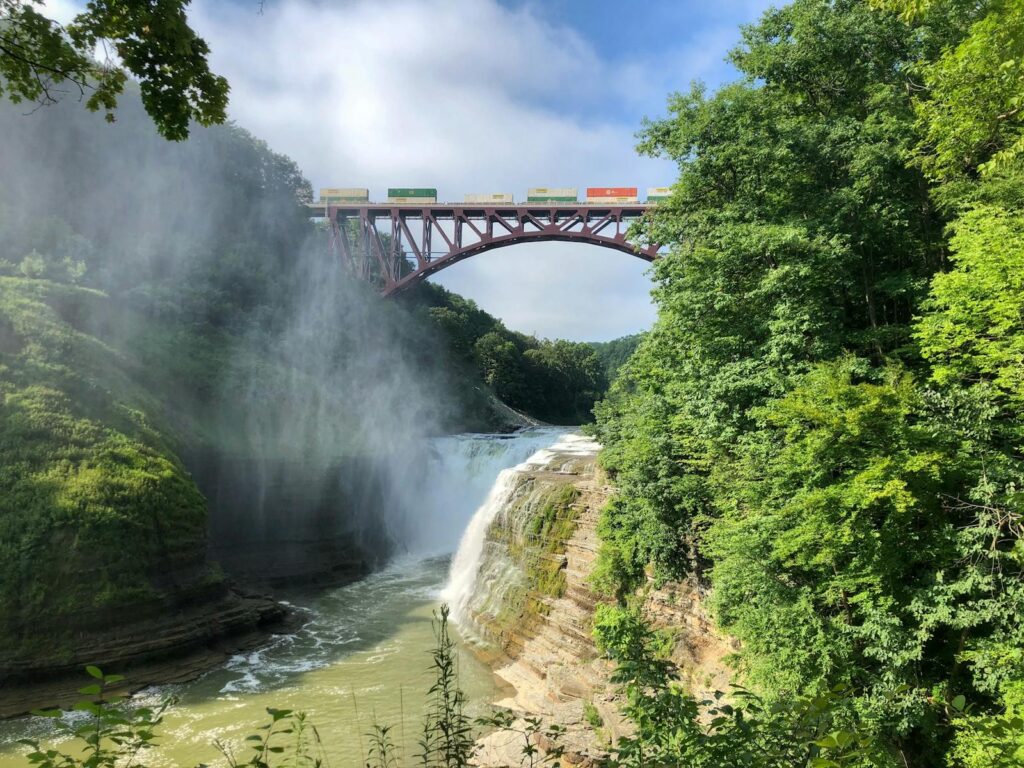
The Delaware River system represents the East Coast’s premier wild trout fishery, with its three branches (West, East, and Main) offering distinctly different fishing experiences across the New York and Pennsylvania border. The West Branch, a tailwater flowing from Cannonsville Reservoir, maintains cold temperatures year-round, supporting a robust population of wild brown and rainbow trout that grow to impressive sizes on the river’s abundant insect life. The Upper East Branch holds a special designation as home to genetically pure strain of wild brook trout, offering a chance to connect with America’s native trout species in its historical range.
Famous for its prolific hatches, including legendary evening sulphur emergences and the regionally famous “coffin fly” spinner falls, the Delaware system challenges anglers with technical dry fly fishing on broad, clear pools. Unlike many western rivers, the Delaware system remains largely undammed and natural below its headwaters, creating a more natural flow regime and seasonal fishing opportunities that follow the rhythm of an eastern freestone river.
The Florida Keys Flats
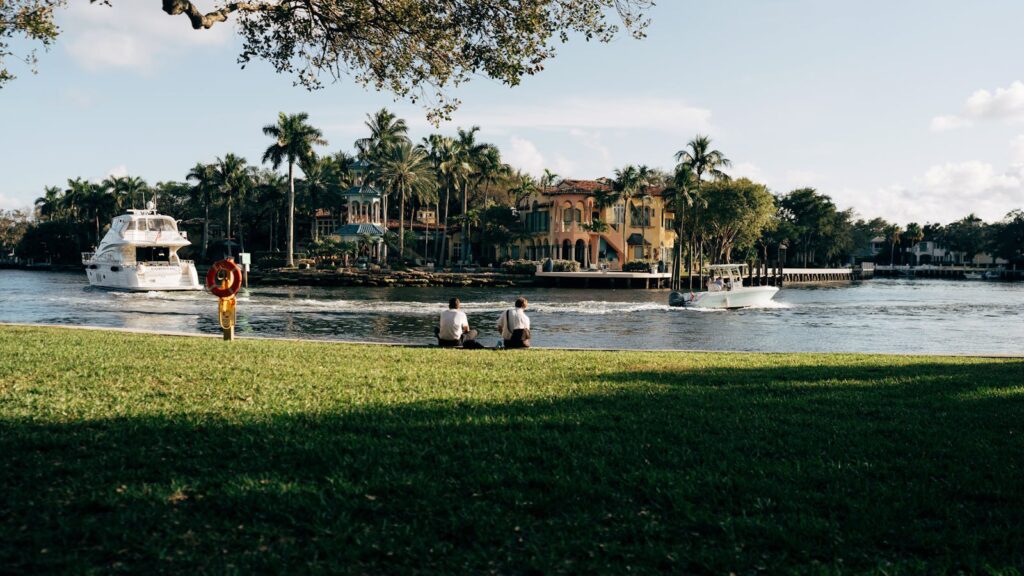
The crystalline flats of the Florida Keys offer perhaps the most distinctive fly fishing experience in America, where anglers stalk trophy gamefish in inches of water so clear it seems the fish are suspended in air. This is the realm of the “grand slam” – permit, tarpon, and bonefish – three of the most challenging and rewarding species in the fly fishing world. Fishing here happens from specialized technical skiffs, with a guide poling from an elevated platform while anglers stand ready at the bow, prepared to make quick, accurate casts when fish appear. The backcountry waters around Islamorada, known as the “Sportfishing Capital of the World,” offer protected fishing even on windy days, while the outer flats of the lower keys provide shots at permit cruising over white sand basins.
Spring brings massive migratory tarpon that travel the Florida coast, offering the chance to connect with silver kings exceeding 100 pounds on a fly rod. The combination of sight fishing, athletic fish, and the tropical setting makes the Keys a bucket-list destination for fly anglers worldwide.
Puget Sound, Washington
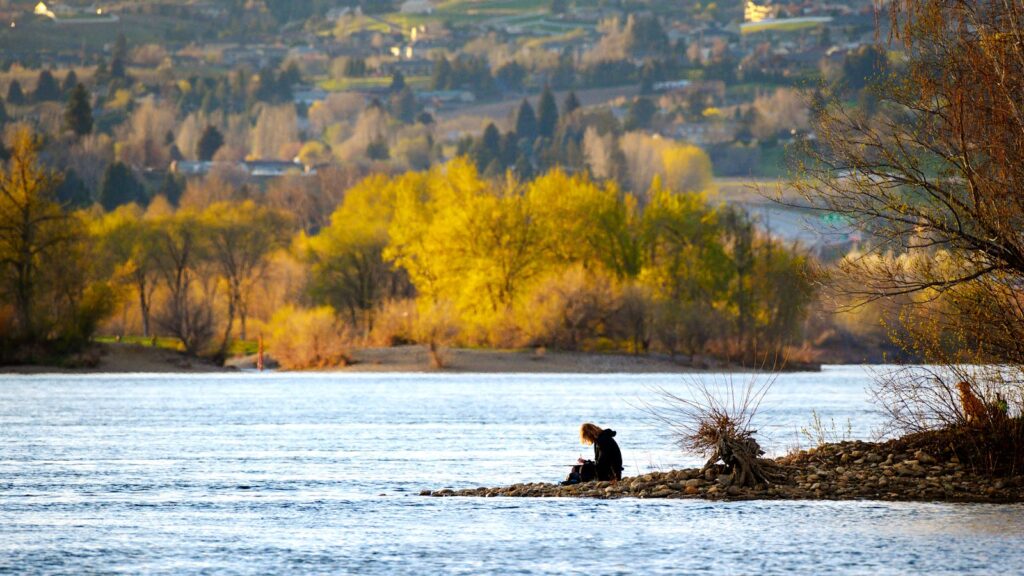
Washington’s Puget Sound offers a unique saltwater fly fishing experience, where anglers can target sea-run cutthroat trout and salmon against the backdrop of the Olympic Mountains and Seattle’s skyline. These native cutthroat, known locally as “searuns,” patrol the shallow beaches and estuaries of the Sound year-round, feeding on abundant baitfish, crustaceans, and marine insects. Fishing from beaches, jetties, or small boats, anglers use sinking lines and baitfish patterns to connect with these aggressive predators, which typically range from 12-16 inches but can reach over 20 inches.
During summer and fall, various salmon species move through the Sound on their spawning migrations, providing opportunities to target pink, coho, and chum salmon on beaches and near river mouths. The urban accessibility of this fishery makes it unique – anglers can literally catch wild fish within sight of downtown Seattle, often combining a morning fishing session with afternoon city activities.
The Salmon River, New York
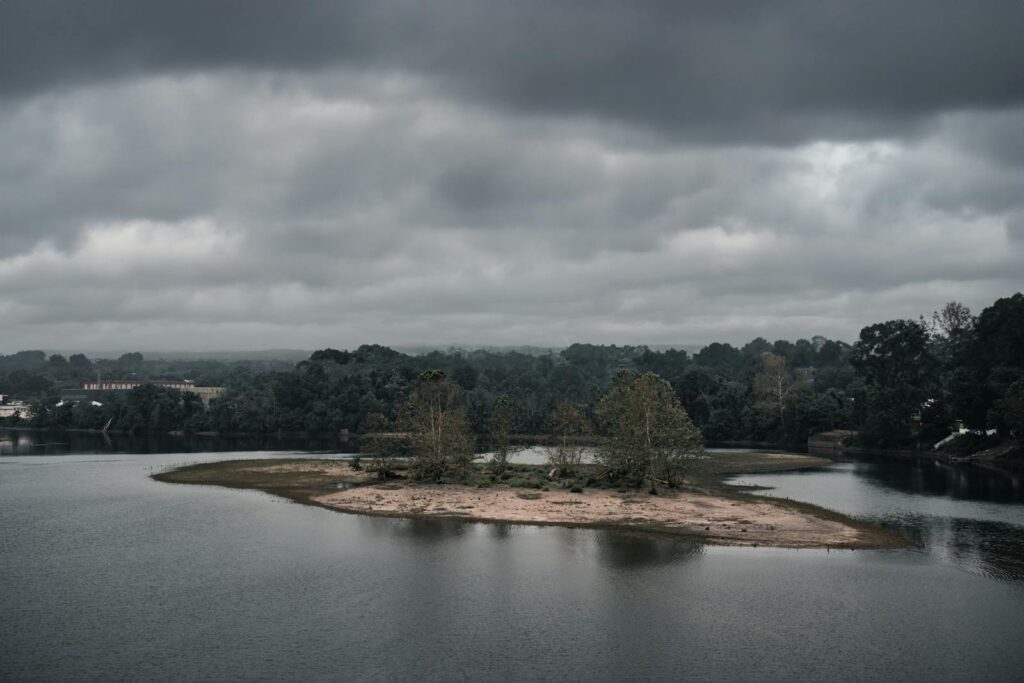
New York’s Salmon River offers the most accessible Great Lakes steelhead and salmon fishing in the country, drawing anglers from across the Northeast to its productive waters flowing into Lake Ontario. Each fall, massive runs of Chinook and coho salmon enter the river to spawn, creating a fishing frenzy as these powerful fish, often weighing 15-30 pounds, become available to fly anglers using heavy tackle and colorful egg patterns. When winter grips the region, the river transforms into steelhead territory, with chrome-bright rainbows averaging 8-12 pounds testing anglers’ resolve in freezing conditions. Spring brings another run of steelhead along with smaller but spirited Atlantic salmon, extending the season well into May.
Despite heavy pressure at times, the Salmon River’s consistent stocking programs and natural reproduction maintain excellent fish populations, while its relatively moderate gradient and numerous access points make it more approachable than many western steelhead rivers. For many eastern anglers, this river provides their first opportunity to connect with these legendary migratory species without traveling across the country.
The San Juan River, New Mexico
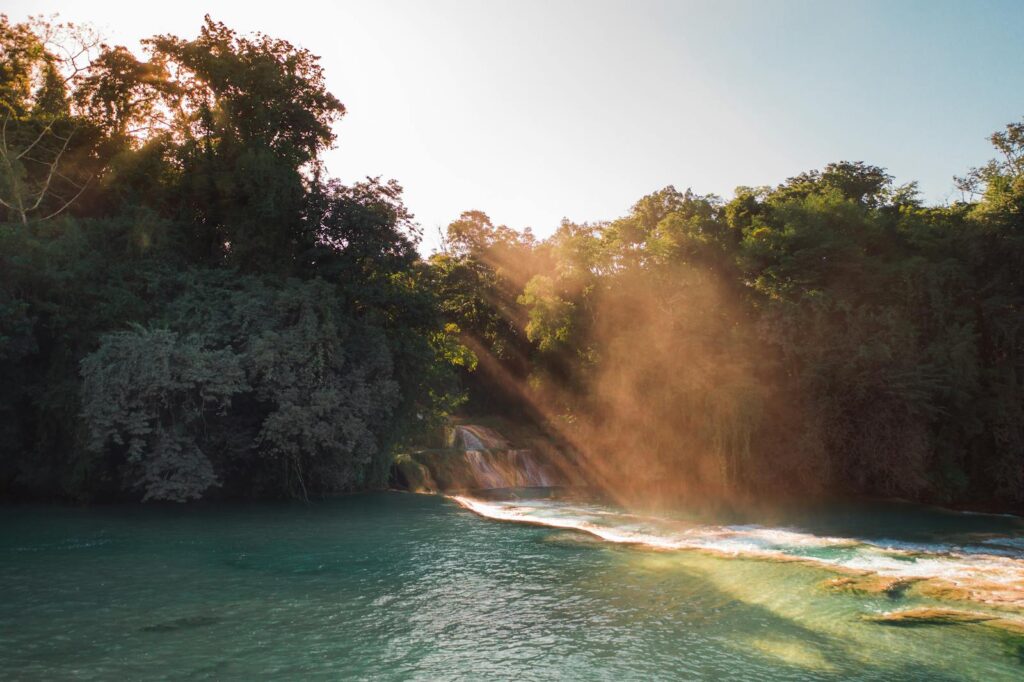
Below Navajo Dam in northwestern New Mexico, the San Juan River emerges as one of the most productive trout fisheries in America, where its consistent flows and nutrient-rich waters support staggering numbers of rainbow and brown trout. The upper four miles, designated as Quality Waters, maintain a year-round population estimated at 15,000 fish per mile, with most averaging 16-18 inches but frequently reaching well into the 20-inch class. This tailwater maintains stable temperatures between 42-65 degrees throughout the year, creating ideal conditions for both trout and the midges and annelids (worms) that comprise their primary diet.
The river’s fame comes partly from its unique “midge fishing” culture, where anglers employ tiny flies (often sizes #22-26) and specialized techniques to fool fish that feed constantly but selectively. The surrounding desert landscape of red rock canyons creates a striking contrast to the emerald green river, while the area’s rich Native American history adds cultural depth to the fishing experience. Despite its remote location, the San Juan’s reputation for numbers and size of fish makes it a destination worth the journey.
The White River, Arkansas

Arkansas’s White River below Bull Shoals Dam has rightfully earned its reputation as one of the finest trophy brown trout fisheries in the world, consistently producing fish over 20 inches with specimens exceeding 30 inches caught each year. This tailwater’s cold, nutrient-rich flows support extraordinary growth rates and high fish densities, with populations estimated at 5,000 trout per mile in its upper sections. While brown trout are the main trophy attraction, healthy populations of rainbow, brook, and cutthroat trout create diverse fishing opportunities across seasons and water conditions.
The river’s character changes dramatically with generation schedules from the dam – during low water, anglers wade extensive gravel bars and sight fish to visible trout, while high water periods transform the river into a powerful flow best fished from drift boats targeting structure along the banks. The Ozark Mountain setting provides scenic beauty and moderate year-round temperatures, making this a true four-season fishery where significant hatches of caddis, mayflies, and midges drive surface activity throughout the year.
Silver Creek, Idaho
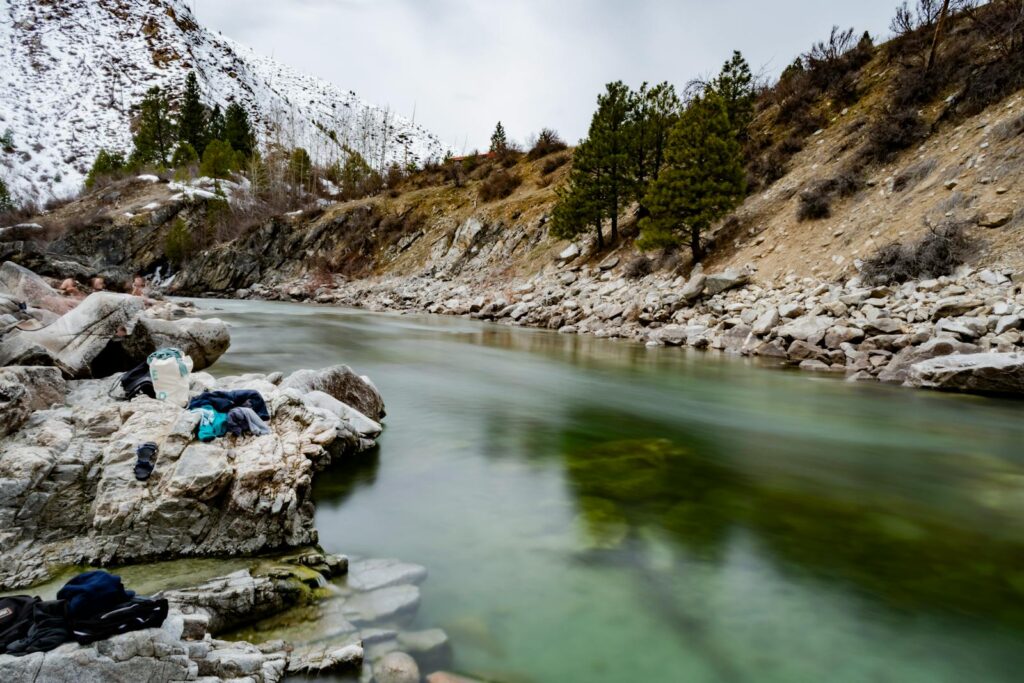
Silver Creek Preserve in central Idaho represents the quintessential spring creek experience, where crystal clear waters flow through lush meadows creating the perfect environment for selective trout and challenging fly fishing. Protected and enhanced by The Nature Conservancy, this legendary stream maintains exceptional water quality and habitat that support robust populations of rainbow and brown trout that grow large on the creek’s abundant insect life. The gin-clear water and smooth currents allow fish to inspect flies with scrutiny, demanding perfect presentations and imitations that match the naturals in size, color, and behavior.
Morning and evening Trico hatches bring hundreds of fish to the surface, creating both opportunity and frustration as anglers attempt to place their offerings among dozens of natural insects. Beyond the technical fishing challenge, Silver Creek offers a serene experience where wildlife abounds – moose wade through streamside willows, eagles soar overhead, and waterfowl nest along the banks. The combination of pristine environment, technical challenge, and the creek’s importance in conservation history make it a pilgrimage site for dedicated fly anglers.
The Gunnison River, Colorado
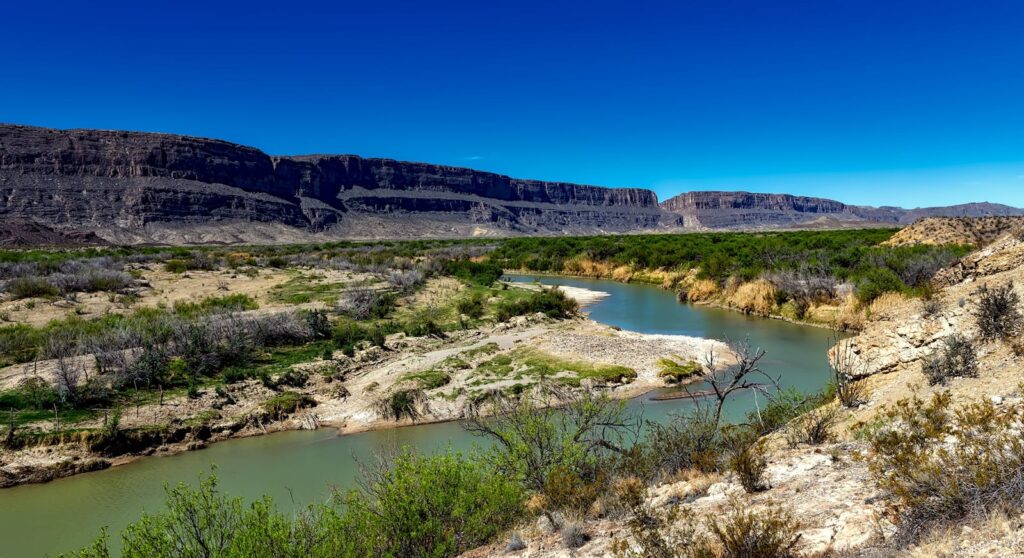
The Gunnison River in western Colorado offers one of America’s most dramatic fly fishing settings as it carves through the steep walls of Black Canyon, creating a wilderness experience that rewards the adventurous angler. The Gold Medal designated waters below Crystal Dam flow through a deep, isolated gorge accessible only by strenuous hiking trails or multi-day float trips through the less restricted Gunnison Gorge. This difficult access creates light fishing pressure and the opportunity to catch wild rainbow and brown trout averaging 16-18 inches, with trophy specimens exceeding 22 inches not uncommon.
The river’s character combines the best aspects of freestone and tailwater fisheries – cold, consistent flows from the dam maintain ideal conditions while the freestone geology creates diverse holding water from deep pools to pocket water and riffles. Stonefly hatches in early summer bring the river’s largest trout to the surface, while attractor dry flies and nymph rigs produce year-round when other Colorado rivers are blown out with runoff. For anglers willing to make the effort, the Gunnison offers a genuine wilderness fishing experience with trophy potential just a few hours from major Front Range cities.
The Upper Sacramento River, California
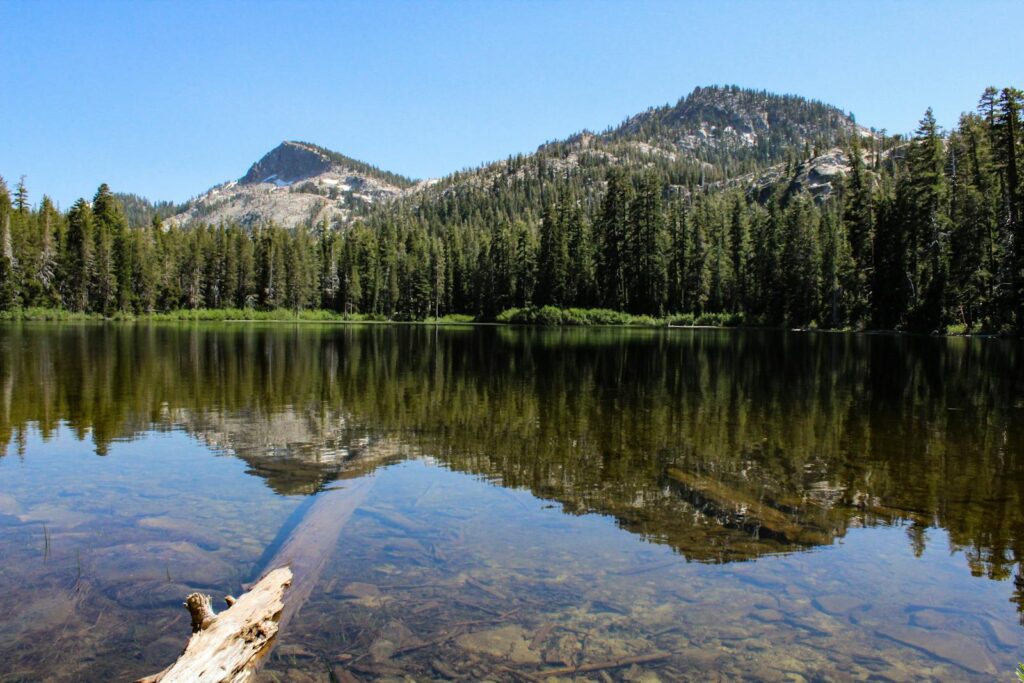
Northern California’s Upper Sacramento River flows through a breathtaking canyon between Mount Shasta and Shasta Lake, offering 35 miles of accessible wild trout water that remains surprisingly uncrowded despite its proximity to Interstate 5. This freestone river tumbles through a boulder-strewn canyon creating classic pocket water fishing where native rainbow trout hide behind rocks waiting to ambush passing insects. Access points are numerous along the old highway and railroad grade, allowing anglers to easily explore different sections while the canyon’s dramatic scenery and diverse riparian zone create a sense of wilderness despite the nearby highway.
Summer brings reliable caddis and stonefly hatches, while fall offers spectacular dry fly fishing with October caddis bringing the river’s largest trout to the surface. Unlike many California rivers affected by drought and warm water, the Upper Sacramento’s cold springs and mountain source maintain fishable conditions throughout summer months, creating a reliable fishery when other waters may be too warm. The river’s moderate gradient and varied structure make it approachable for beginners while still offering technical challenges for experienced anglers, making it an ideal destination for anglers of all skill levels.
Conclusion
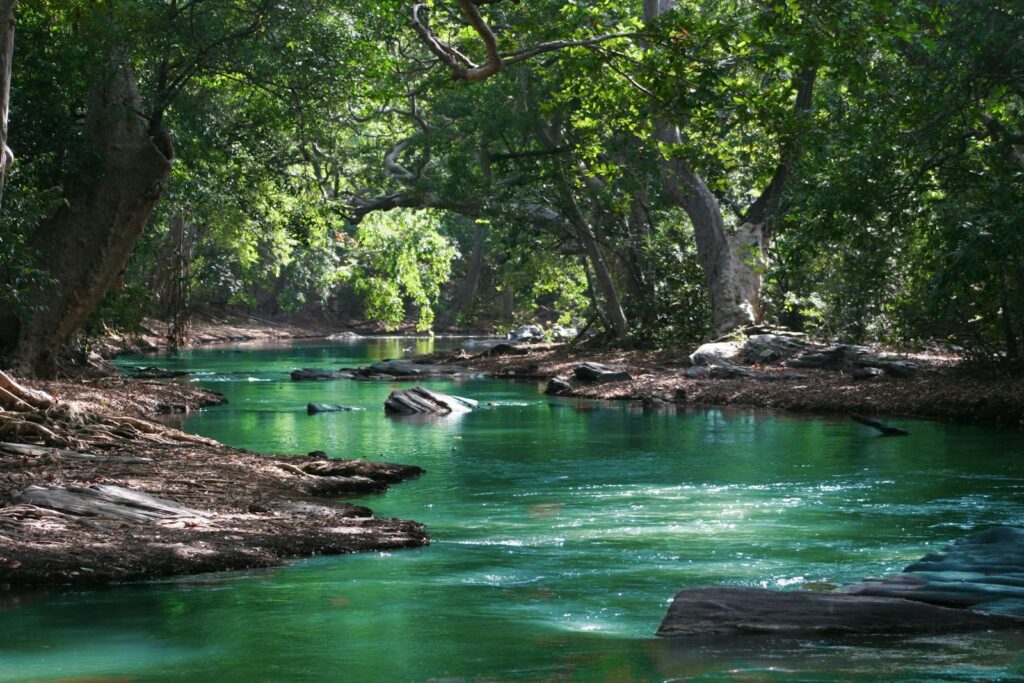
America’s diverse geography creates an unparalleled range of fly fishing opportunities spanning from the intimate spring creeks of the East to the mighty salmon rivers of the Northwest. Each destination offers not just the chance to catch fish, but to experience unique ecosystems, geological wonders, and cultural landscapes that define America’s outdoor heritage. While this list highlights some of the nation’s most celebrated waters, countless other rivers, streams, and flats await discovery by anglers willing to explore beyond the famous names. As climate change and development pressure continue to impact our waterways, these special places remind us of the importance of conservation efforts that ensure future generations can experience the magic of wild fish in healthy waters.
Whether you’re planning a dedicated fly fishing road trip or looking to add angling to your next vacation, America’s premier fly fishing destinations offer experiences that connect us deeply with the natural world and the art of fly fishing.
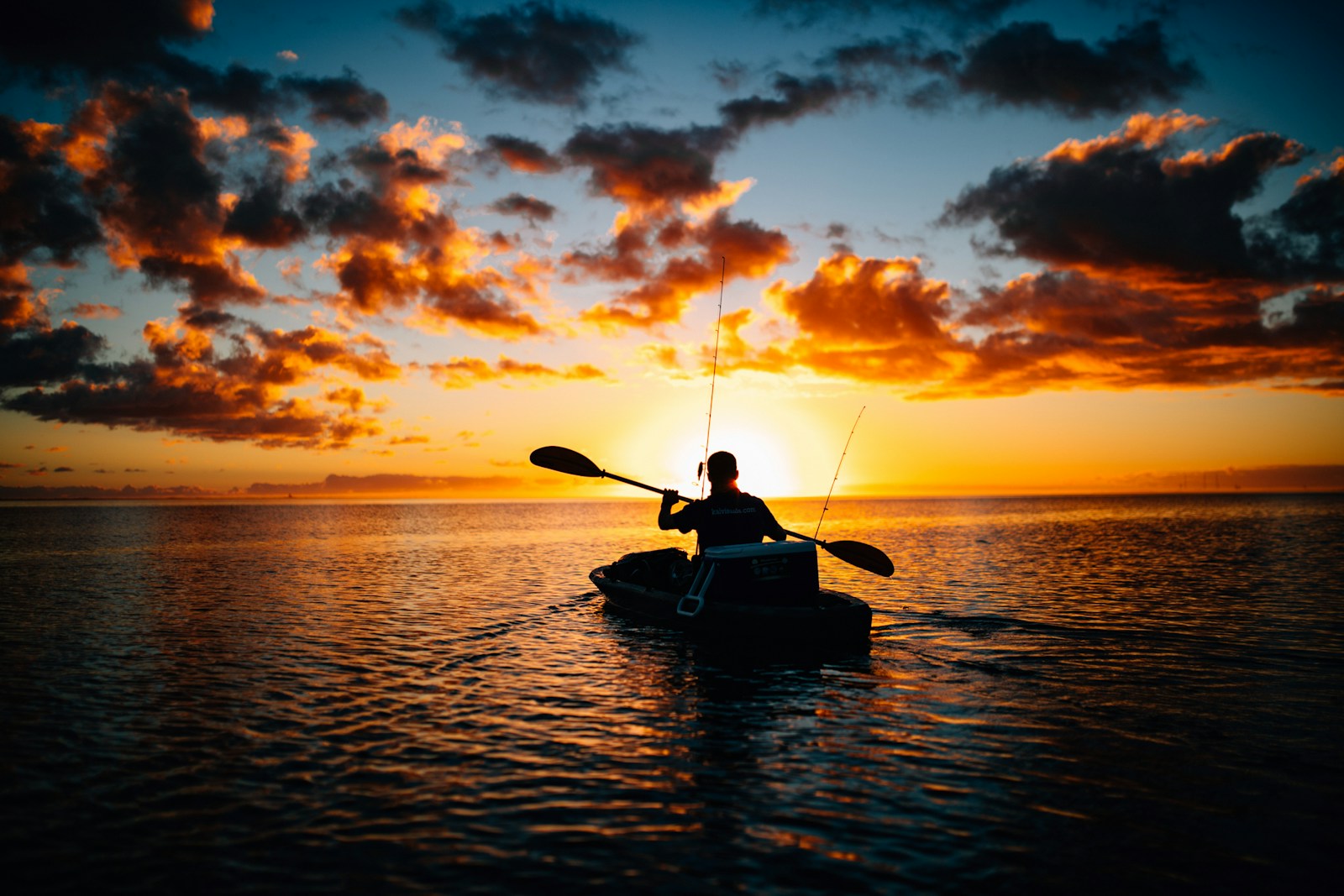
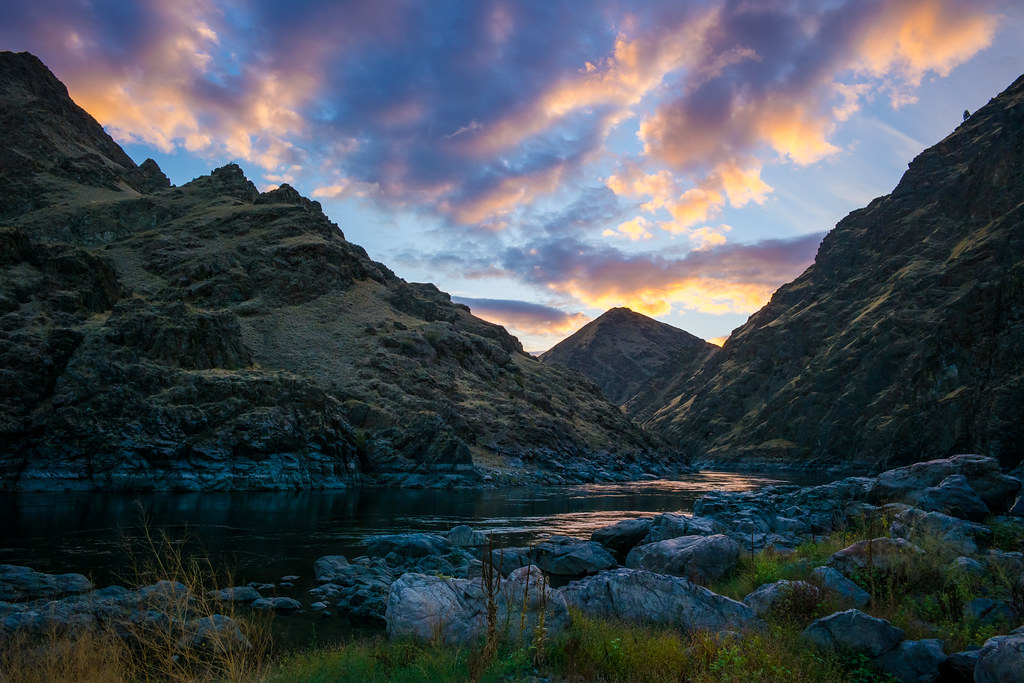

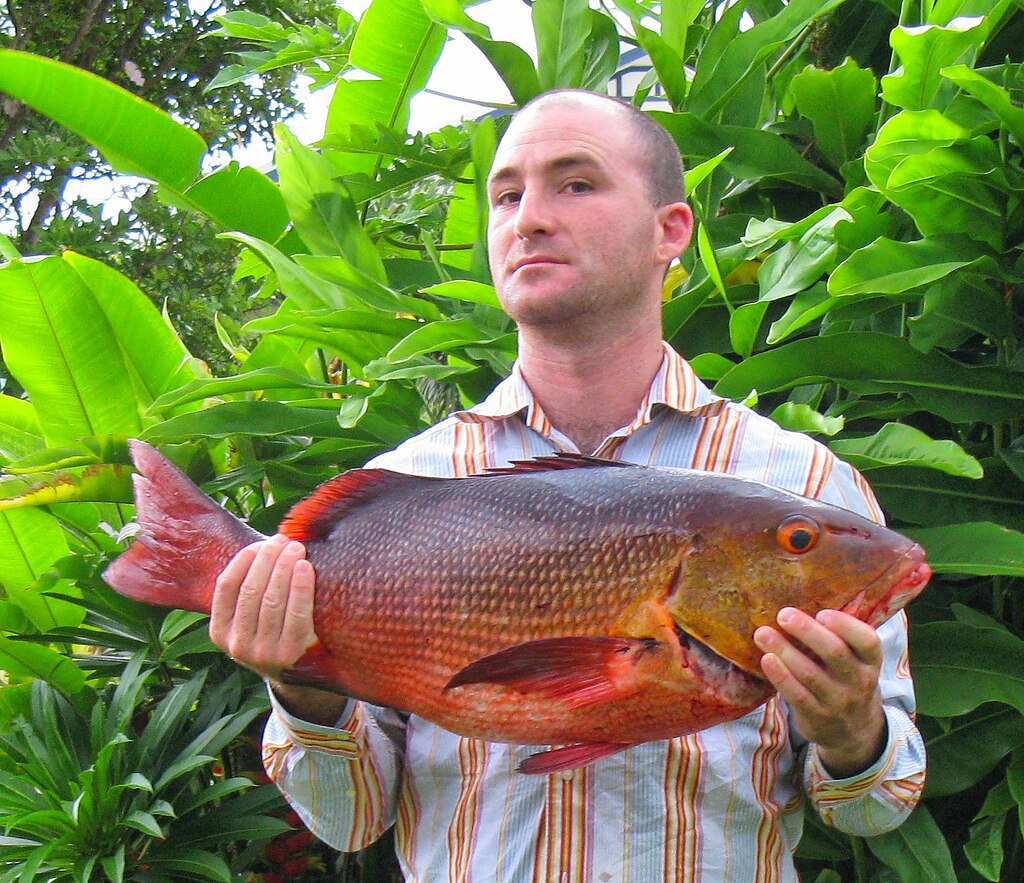










Post Comment